What is Subsea Pipeline Installation: 3 Key Points You Need to Know
Subsea pipeline installation is a vital process in offshore oil and gas production, enabling the transport of resources from undersea wells to processing facilities or storage units. This procedure involves advanced engineering, cutting-edge technology, and careful planning to ensure the pipelines’ durability and functionality under harsh marine environments. This article provides an overview of the methods, difficulties, and innovations associated with subsea pipeline installation.
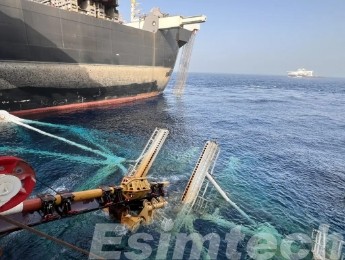
Techniques for Subsea Pipeline Installation
Subsea pipeline installation requires specialized techniques tailored to the water depth, pipeline length, and environmental conditions.
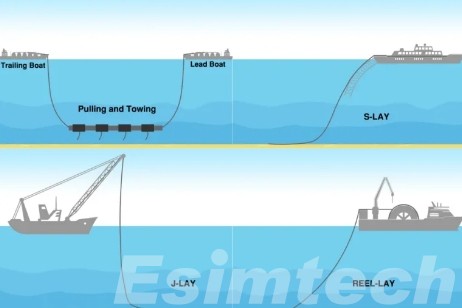
1. S-lay Method
The S-lay method is one of the most widely used techniques for subsea pipeline installation.
Process
- Pipeline sections are welded aboard an installation vessel.
- The pipeline is lowered onto the seabed in an “S” shape.
Applications
- Suitable for shallow to medium water depths.
- High installation speed makes it ideal for large projects.
Advantages
- Continuous welding and laying ensure efficiency.
- Can handle a wide range of pipe diameters.
Limitations
- Requires relatively calm seas for stability.
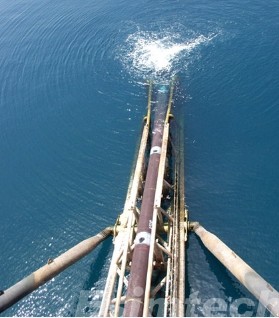
2. J-lay Method
The J-lay method is designed for deeper waters where the S-lay approach becomes less effective.
Process
- Pipes are welded and lowered nearly vertically, forming a “J” shape.
- The steep angle reduces stress during deployment.
Applications
- Commonly used in deep-water and ultra-deep-water installations.
- Suitable for high-pressure pipelines.
Advantages
- Reduced strain on the pipeline during deployment.
- High precision in pipeline placement.
Limitations
- Slower installation rate compared to the S-lay method.
- Requires specialized vessels equipped with J-lay towers.
3. Reel-lay Method
The reel-lay method involves pre-fabricating the pipeline onshore and storing it on a reel aboard the vessel.
Process
- The pipeline is spooled onto a large drum or reel.
- During installation, the pipe is unwound and straightened before placement on the seabed.
Applications
- Ideal for short to medium-length pipelines.
- Suitable for flexible or rigid pipelines with small to medium diameters.
Advantages
- Rapid deployment due to prefabrication.
- High-quality welding under controlled onshore conditions.
Limitations
- Limited by the capacity of the reel.
- Not economical for very long pipelines.
4. Towed Pipeline Installation
Towed methods are used when long, continuous pipeline sections need to be installed.
Process
- Pipelines are assembled onshore and floated to the installation site.
- Once in position, they are submerged and positioned on the seabed.
Types
- Surface Towing: Pipelines remain on the surface and are towed by vessels.
- Mid-Depth Towing: Pipelines are suspended in the water column.
- Bottom Towing: Pipelines are dragged directly along the seabed.
Applications
- Best suited for shallow to medium depths with a stable seabed.
Advantages
- Reduces time spent offshore.
- Minimizes the need for specialized installation vessels.
Limitations
- Requires precise buoyancy control.
- Risks of damage from seabed contact during bottom towing.
5. Bundle Installation
The bundle installation method involves grouping multiple pipelines and cables into a single unit.
Process
- The pipeline bundle is pre-assembled onshore.
- Floated to the site and installed using controlled submersion.
Applications
- Used for projects requiring multiple functional lines (e.g., oil, gas, and control cables).
Advantages
- Reduces overall installation time.
- Offers a compact solution for complex projects.
Limitations
- Higher complexity in design and onshore assembly.
- Requires careful planning to manage buoyancy.
6. Horizontal Directional Drilling (HDD)
Horizontal directional drilling is used for installing pipelines under obstacles such as shorelines, riverbeds, or environmentally sensitive areas.
Process
- A drill is used to create a borehole under the obstacle.
- The pipeline is pulled through the borehole.
Applications
- Ideal for land-to-sea transitions or areas with environmental constraints.
Advantages
- Minimizes environmental disruption.
- Ensures precise placement under obstacles.
Limitations
- High cost and complex planning.
- Limited to short distances.
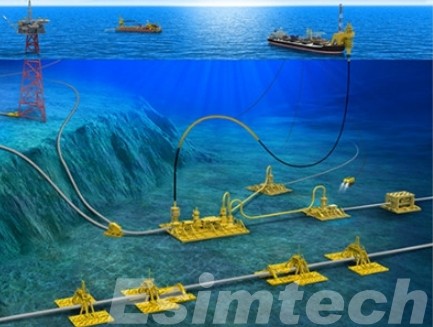
Challenges in Subsea Pipeline Installation
This chart highlights the key challenges in subsea pipeline installation and the corresponding mitigation strategies to address them effectively.
| Category | Challenges | Impact | Mitigation Strategies |
| Environmental Conditions | – Strong currents, high waves, and storms. | – Delays in installation and increased risks to equipment and personnel. | – Use of dynamic positioning systems and real-time weather monitoring. |
| Seabed Topography | – Uneven terrain, trenches, and rocky areas. | – Pipeline instability, increased risk of damage. | – Detailed seabed surveys, trenching, and use of stabilizing structures. |
| Corrosion | – Seawater exposure leading to material degradation. | – Reduced pipeline lifespan and potential leaks. | – Application of advanced coatings and cathodic protection. |
| High Pressure and Temperature | – Deep-water conditions exert extreme pressure and temperature variations. | – Stress on the pipeline and reduced structural integrity. | – Use of high-strength materials and thermal insulation. |
| Marine Life Interaction | – Risk of damage from anchors, fishing gear, or marine organisms. | – Operational disruptions and potential environmental damage. | – Protective structures and routing pipelines in less trafficked areas. |
| Installation Logistics | – Transporting heavy equipment to remote offshore sites. | – Increased costs and potential delays. | – Efficient project planning and use of modular components. |
| Welding and Joint Integrity | – Ensuring high-quality welds in harsh offshore conditions. | – Risk of leaks and structural failure. | – Automated welding and non-destructive testing (NDT) techniques. |
| Regulatory Compliance | – Adhering to environmental and safety regulations. | – Potential fines and project delays if not met. | – Comprehensive compliance checks and permitting processes. |
| Cost Overruns | – Unexpected delays, material costs, or technical issues. | – Budget constraints and project inefficiencies. | – Contingency planning and adopting cost-effective technologies. |
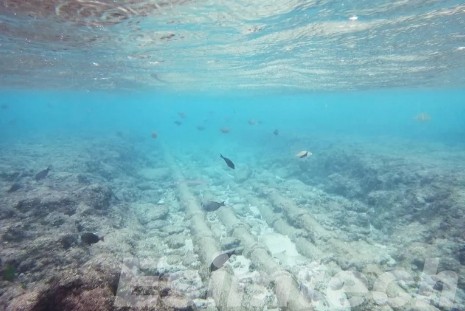
Innovations in Subsea Pipeline Installation
Subsea pipeline installation has undergone significant advancements in recent years, driven by the need for safer, more efficient, and environmentally sustainable practices.
1. Autonomous Underwater Vehicles (AUVs)
AUVs have transformed subsea pipeline installation by streamlining seabed surveys and reducing operational costs.
- Applications: AUVs are used for pre-installation mapping, route planning, and post-installation inspections.
- Advantages: They provide high-resolution imagery and data, enabling precise placement of pipelines and early detection of obstacles or issues.
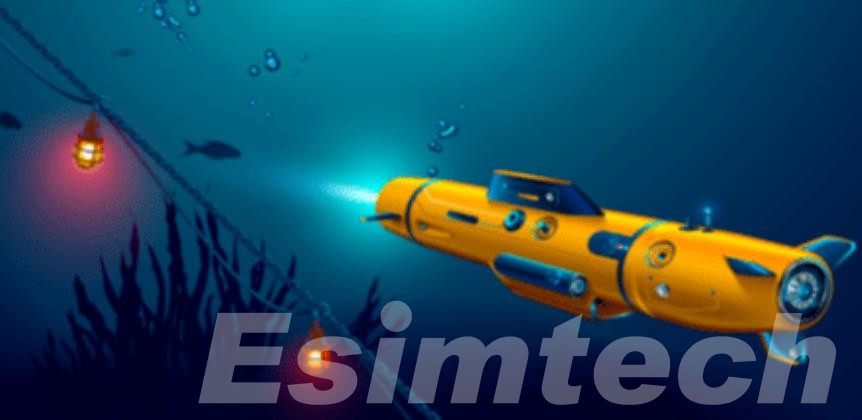
2. Dynamic Positioning Systems (DPS)
Modern installation vessels equipped with dynamic positioning systems can maintain their location without anchoring.
Benefits
- Allows for accurate pipeline placement even in deep or rough waters.
- Minimizes environmental impact by avoiding seabed disturbances.
3. Advanced Welding Technologies
Automated welding systems ensure the integrity and durability of pipeline joints during installation.
Features
- Robotic welding units perform high-quality welds under controlled conditions.
- Non-destructive testing (NDT) technologies provide real-time weld inspections to reduce defects.
4. High-Strength and Corrosion-Resistant Materials
The development of new materials has improved pipeline resilience against harsh subsea conditions.
Examples
- High-strength alloys and composite materials withstand high pressure and temperature variations.
- Advanced coatings and cathodic protection reduce the risk of corrosion from seawater exposure.
5. Reel-lay Vessels with Larger Capacity
Innovations in reel-lay vessels have increased their capacity to handle longer pipelines.
Impact
- Reduces the need for mid-sea welding and speeds up the installation process.
- Enhances the quality of pipelines by enabling prefabrication onshore.
6. Remote Operated Vehicles (ROVs)
ROVs play a vital role in supporting pipeline installation and maintenance.
Functions
- Perform tasks like trenching, pipeline monitoring, and debris removal.
- Equipped with cameras and tools for real-time remote operation in challenging conditions.
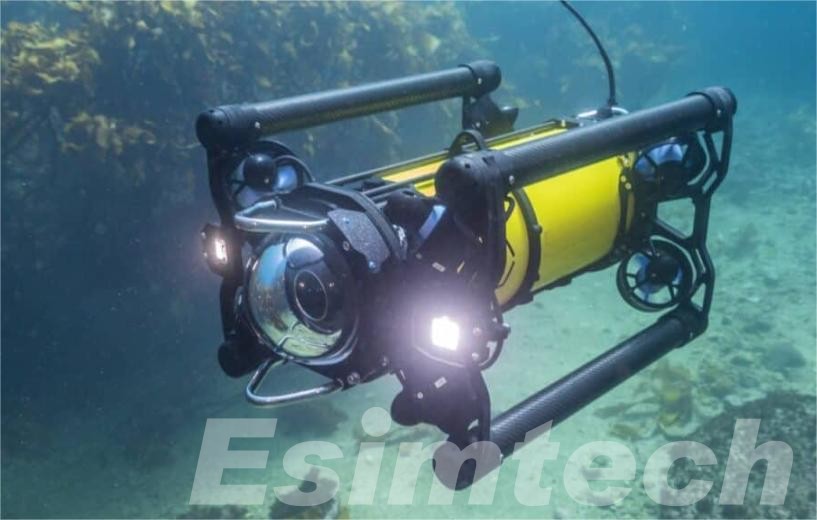
7. Digital Twin Technology
Digital twin models are increasingly used to simulate and monitor pipeline installation processes.
Advantages
- Provides a virtual simulation of the pipeline and environment for better decision-making.
- Enables predictive maintenance and reduces the likelihood of operational failures.
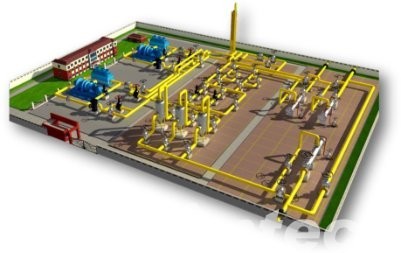
8. Buoyancy Control Systems
Innovative buoyancy systems ensure controlled submersion and placement of pipelines.
Key Features
- Adjustable buoyancy modules allow for precise depth control.
- Improves pipeline stability and reduces installation risks.
9. Trenching and Burial Technologies
Advanced trenching machines ensure the secure burial of pipelines to protect against physical damage.
Developments
- Jet trenchers and plows create minimal disturbance to the seabed.
- Real-time monitoring systems improve accuracy during the burial process.
10. Environmentally Friendly Practices
Innovations are also focused on reducing the environmental impact of pipeline installation.
Examples
- Biodegradable materials for temporary structures.
- Low-impact anchoring systems to protect sensitive marine ecosystems.
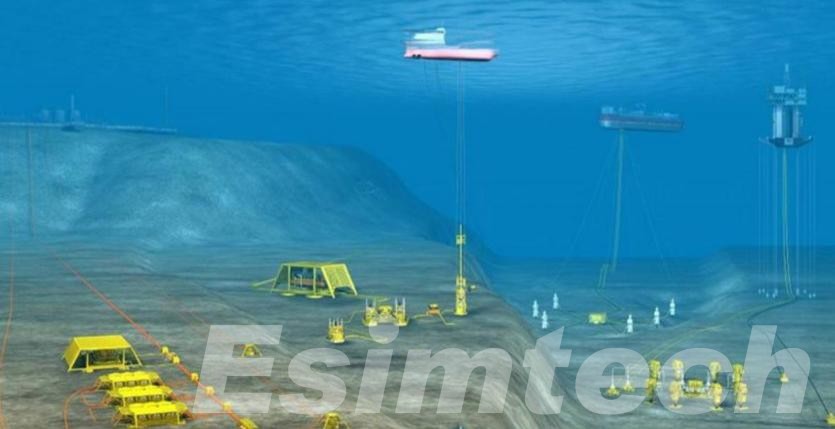
Overall, subsea pipeline installation is a cornerstone of offshore energy infrastructure. With increasing demands for deeper and longer pipelines, the oil and gas industry continues to adopt innovative solutions to meet these challenges. Advances in robotics, materials, and digital technologies are revolutionizing the field for safer, more efficient and environmentally responsible operations.

